Ho Chi Minh City People's Committee has released a list of 9 pilot locations for TOD development along metro lines 1, 2 and Ring Road 3 of Ho Chi Minh City in the period of 2024 - 2025.
On October 31, information from the Ho Chi Minh City People's Committee said that Vice Chairman of the City People's Committee Bui Xuan Cuong signed and issued a plan to implement TOD areas (urban development oriented towards public transport) along metro lines 1, 2, and Ring Road 3 according to Resolution 98/2023/QH15.
Accordingly, the 9 pilot locations for TOD development in the 2024 - 2025 period are as follows:
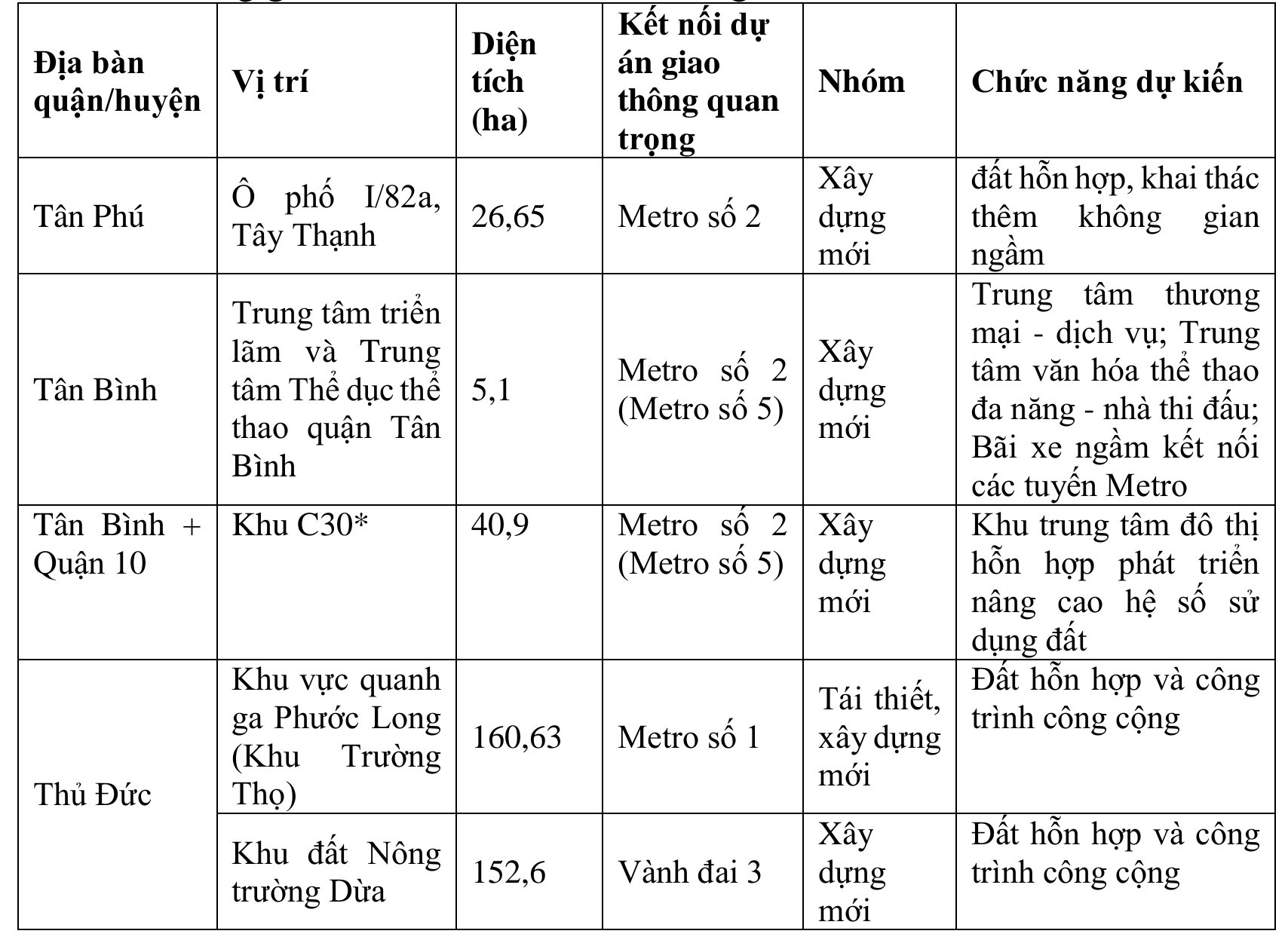
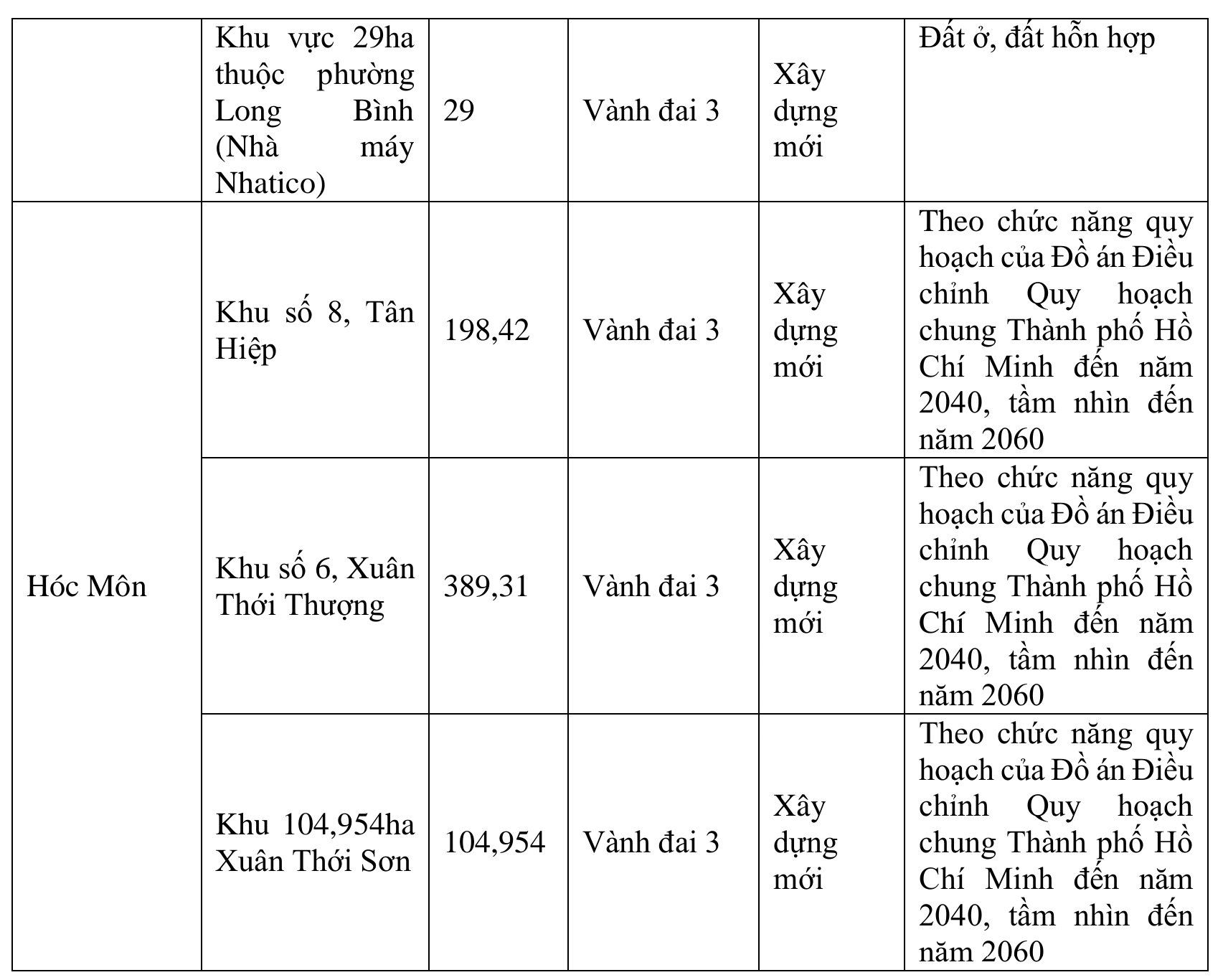
Pilot locations for TOD development along metro and Ring Road 3.
Of these, area C30 is about 800m to 1,000m from Le Thi Rieng station of metro line 2 according to the TOD model.
Regarding the implementation steps, the City People's Committee stipulates that the units will specifically determine the boundaries, legal status of planning, land, and urban development functions of each area in the fourth quarter of 2024 and the first quarter of 2025. From the first quarter to the third quarter of 2025, the planning adjustment will be organized; in the third and fourth quarters of 2024, the procedures for selecting investors will be carried out. In 2025, a decision to approve the project will be issued.
It is expected that in the period of 2026 - 2028, TOD implementation locations include: Area No. 1, Tan Hiep Commune (Hoc Mon District) with an area of about 290 hectares, located along Ring Road 3; the area around Tan Kien Station (Binh Chanh District), an area of 314 hectares, located along the extended metro line 3; Ho Chi Minh City - Can Tho railway.
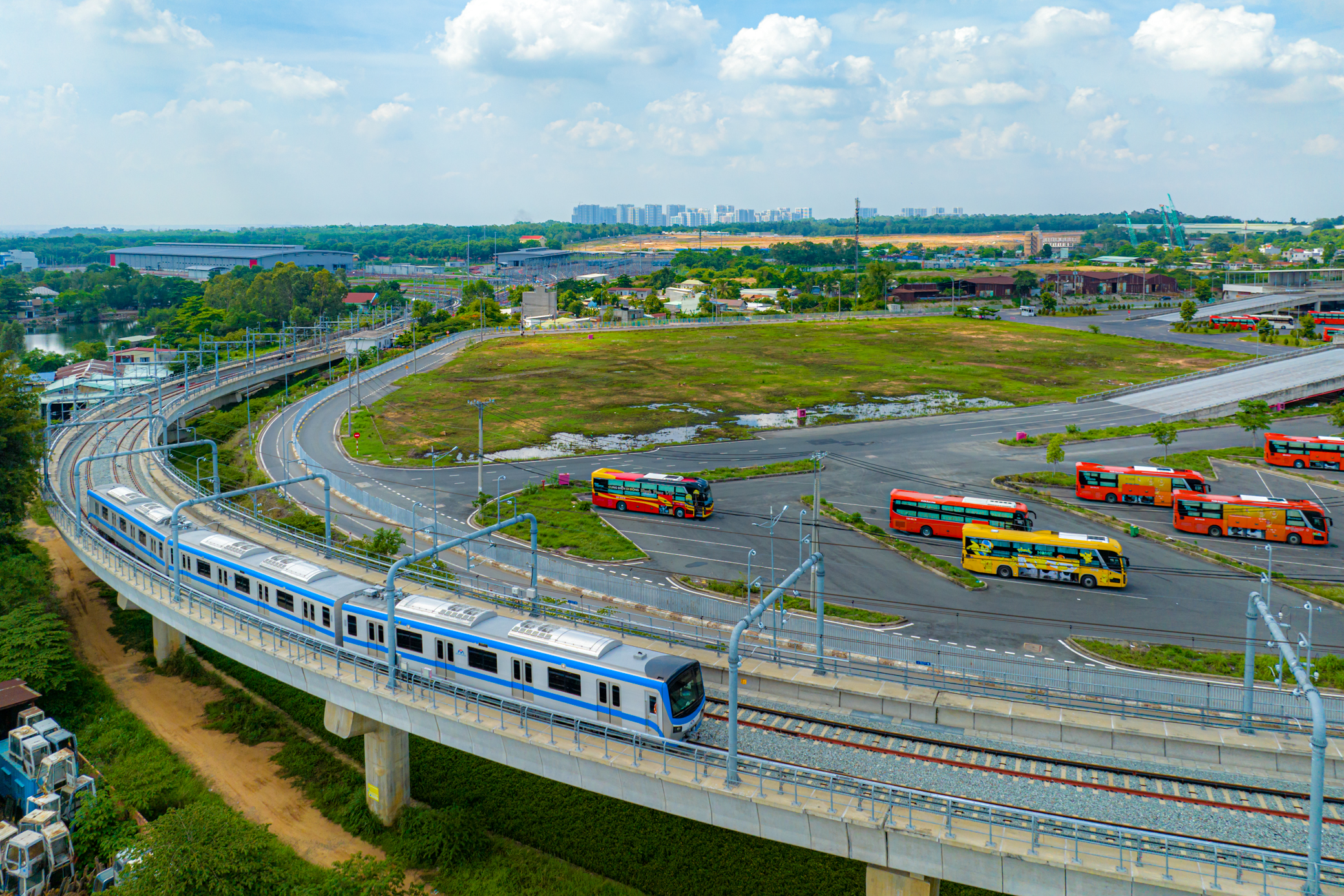
Ho Chi Minh City promotes TOD development in the future.
According to the Ho Chi Minh City People's Committee, the areas are divided into two groups based on the assessment of the current status of land use, legal origin of land, conditions and development motivation... In which, the new investment group has the current status of the area as vacant land or sparsely populated, or with factories and enterprises expected to relocate... convenient for land recovery, site clearance and new investment and construction; this area has a large area of land directly managed by the State.
The second group is the group of renovation and embellishment of existing areas. Areas with existing residential areas, degraded urban conditions, need to be renovated and embellished for urban development. At the same time, the area has a part of the land area directly managed by the State.
Regarding the model and basic functions for TOD areas, the City People's Committee oriented the research according to three options. Including the TOD model in the core area of the station (within a radius of 400 - 500m): Optimal high-density urban development; mixed-use land, multi-functional, commercial - service combined with residential; walking is the main form of travel in the TOD area; external traffic is mainly by urban railway.
Second, TOD model in the station transition area (outside the 400 - 500m radius and within the 800 - 1,000m radius): High-density urban development; mixed land use with housing and social service facilities; internal traffic is mainly by foot and bicycle; traffic connection to the station is by bus or light personal vehicles (bicycles, electric cars, etc.); external traffic is mainly urban railway.
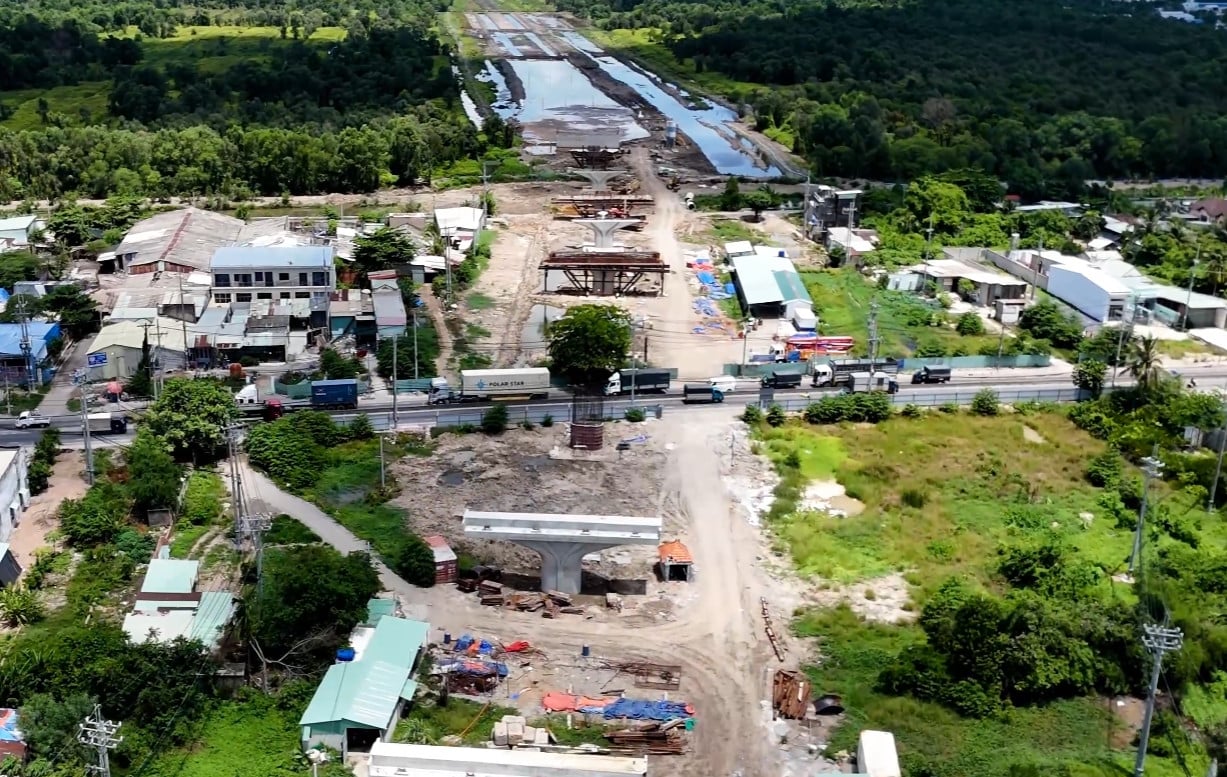
Along the Ring Road 3 routes will be used for urban development oriented towards public transport.
The final option is the urban model concentrated in the vicinity of the intersections of Ring Road 3: This is an urban development model following the orientation of public transport development (TOD) as defined in Resolution No. 98 of the National Assembly on piloting a number of specific mechanisms and policies for the development of Ho Chi Minh City.
For this model, areas located near traffic junctions with good connections to Ring Road 3 or branch routes leading to and from Ring Road 3 will be developed into urban areas. The goal is to form concentrated residential areas, urban functional areas, industrial and logistics zones, thereby maximizing the efficiency of the transportation system and technical infrastructure here.
Areas near the central core will be developed with mid- and high-rise buildings, using a mix of residential and social services. Internal traffic will be mainly bicycles and electric vehicles, while external traffic will rely on side roads and public transport.
Regarding capital, the People's Committees of districts propose capital sources to carry out necessary tasks according to legal regulations.
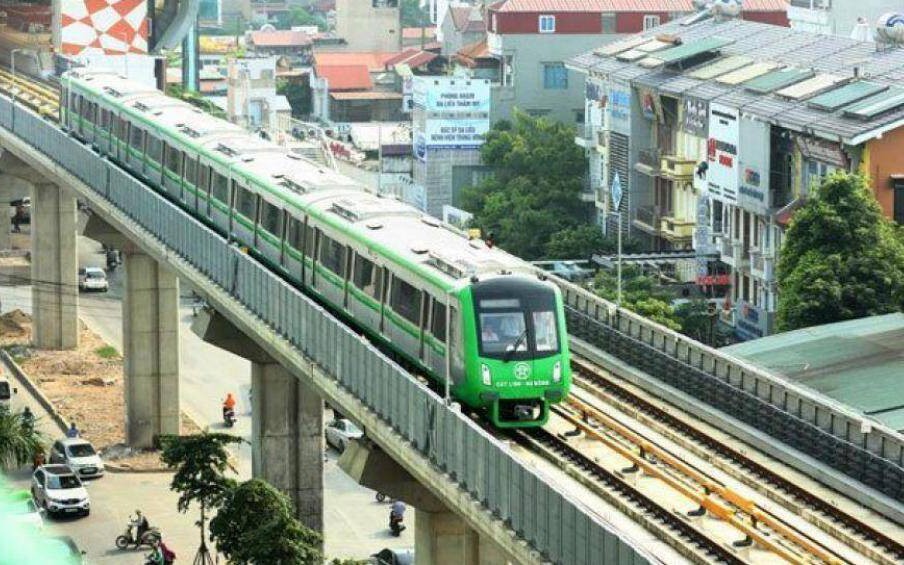 How to apply TOD to railways?
How to apply TOD to railways?Source: https://www.baogiaothong.vn/tphcm-cong-bo-9-vi-tri-thi-diem-tod-doc-tuyen-metro-vanh-dai-3-192241031191517969.htm


![[Photo] Hanoi is brightly decorated to celebrate the 50th anniversary of National Reunification Day](https://vphoto.vietnam.vn/thumb/1200x675/vietnam/resource/IMAGE/2025/4/29/ad75eff9e4e14ac2af4e6636843a6b53)
![[Photo] Nghe An: Bustling atmosphere celebrating the 50th anniversary of Southern Liberation and National Reunification Day](https://vphoto.vietnam.vn/thumb/1200x675/vietnam/resource/IMAGE/2025/4/29/64f2981da7bb4b0eb1940aa64034e6a7)
![[Photo] Ho Chi Minh City: People are willing to stay up all night to watch the parade](https://vphoto.vietnam.vn/thumb/1200x675/vietnam/resource/IMAGE/2025/4/29/cf71fdfd4d814022ac35377a7f34dfd1)
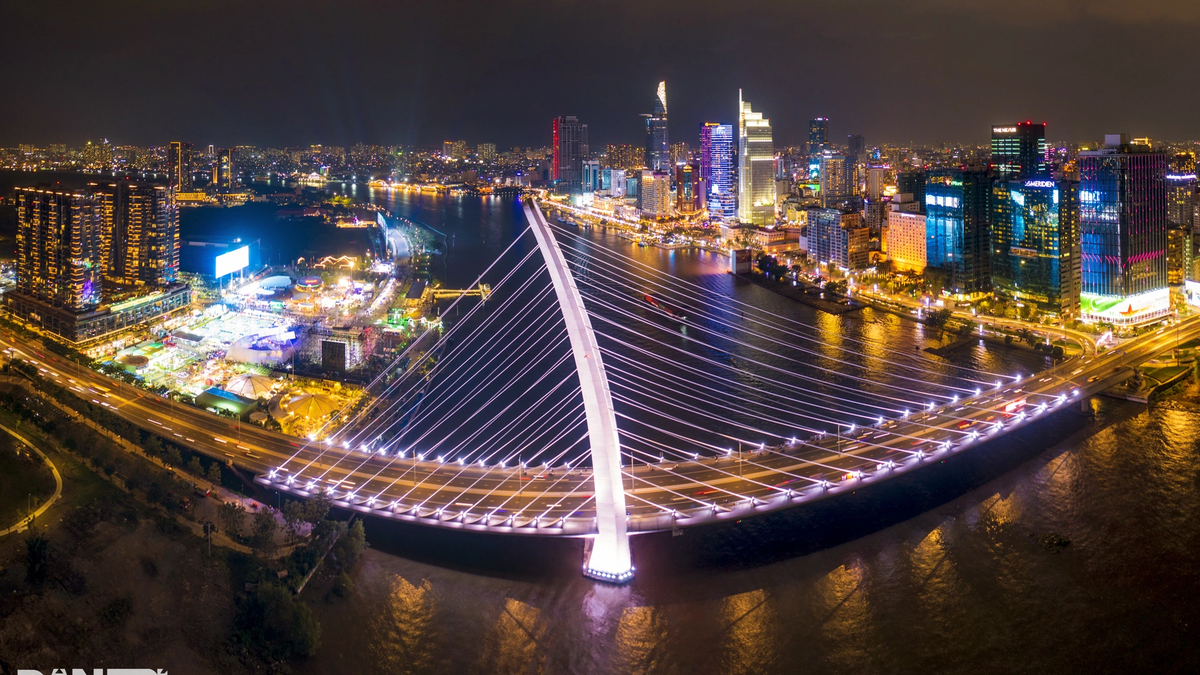
![[Photo] Ho Chi Minh City residents "stay up all night" waiting for the April 30th celebration](https://vphoto.vietnam.vn/thumb/1200x675/vietnam/resource/IMAGE/2025/4/30/560e44ae9dad47669cbc4415766deccf)
![[Photo] General Secretary attends special art program "Spring of Unification"](https://vphoto.vietnam.vn/thumb/1200x675/vietnam/resource/IMAGE/2025/4/29/e90c8902ae5c4958b79e26b20700a980)





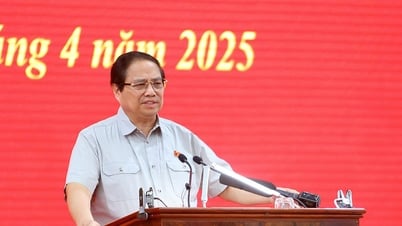

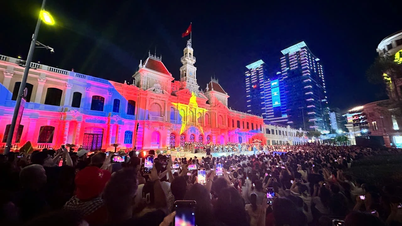
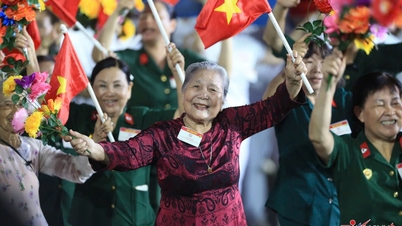
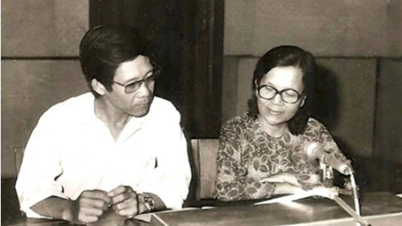
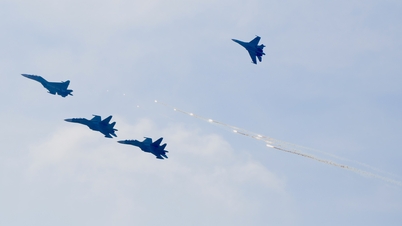

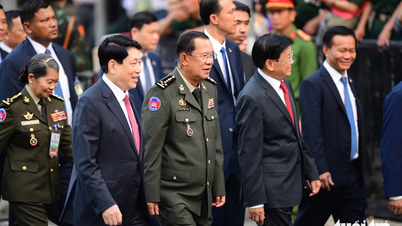
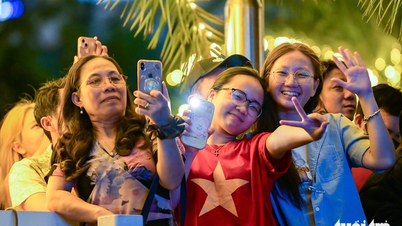




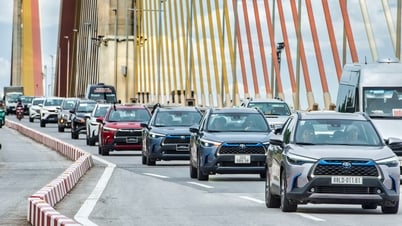



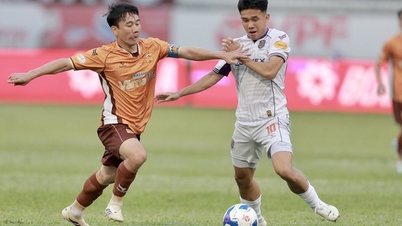

![[Photo] Prime Minister Pham Minh Chinh meets to prepare for negotiations with the United States](https://vphoto.vietnam.vn/thumb/1200x675/vietnam/resource/IMAGE/2025/4/29/76e3106b9a114f37a2905bc41df55f48)















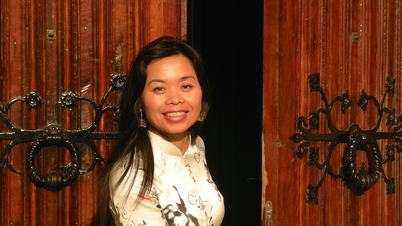











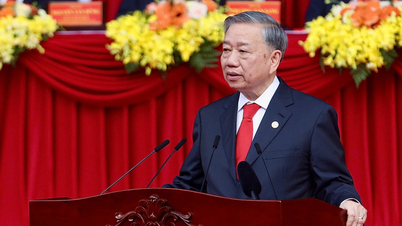






















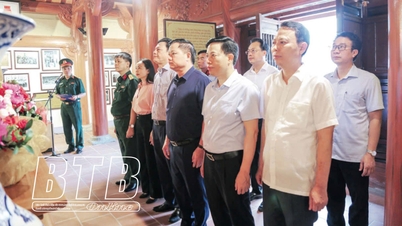


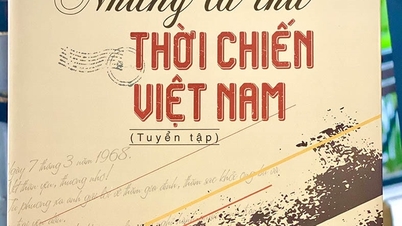













Comment (0)